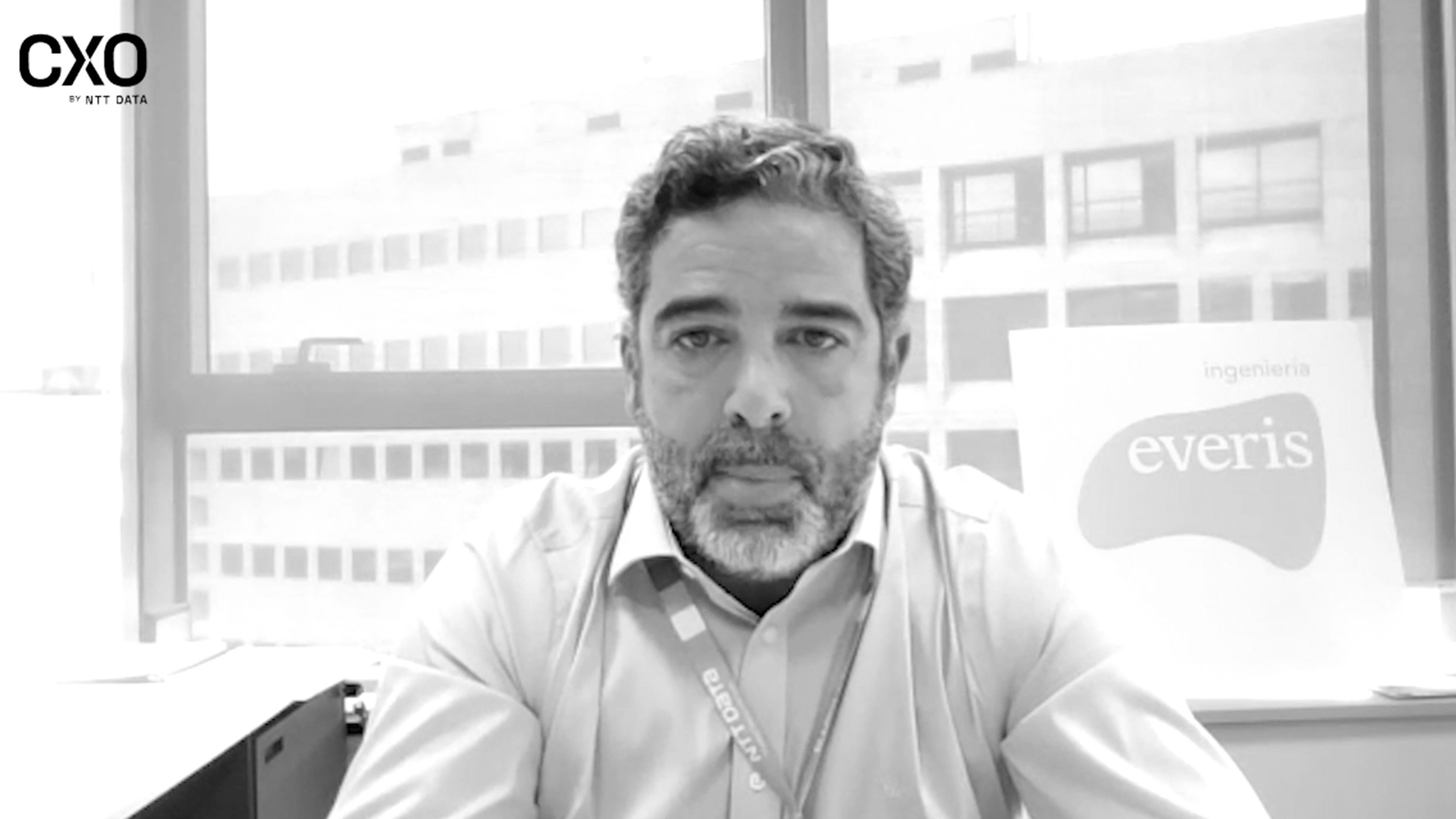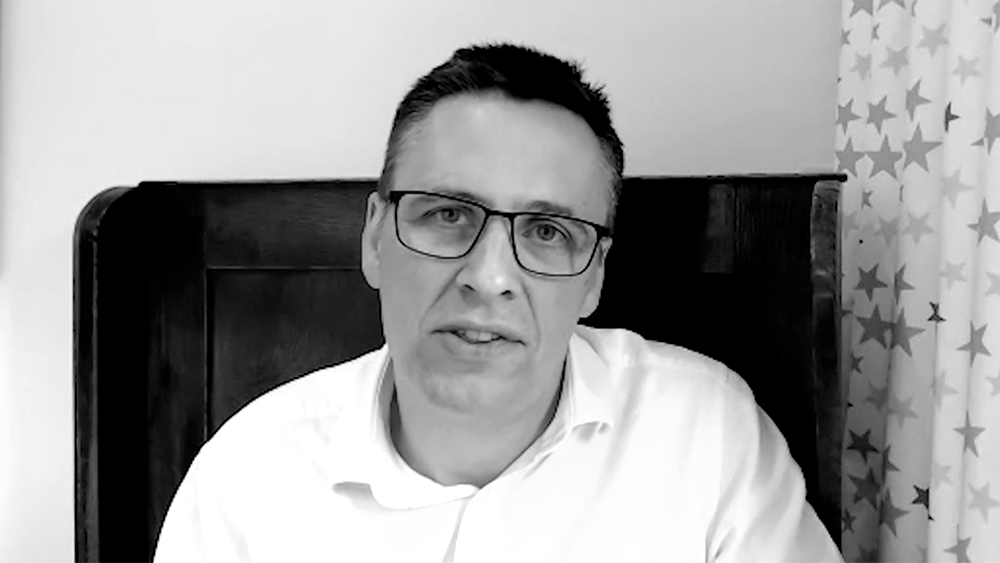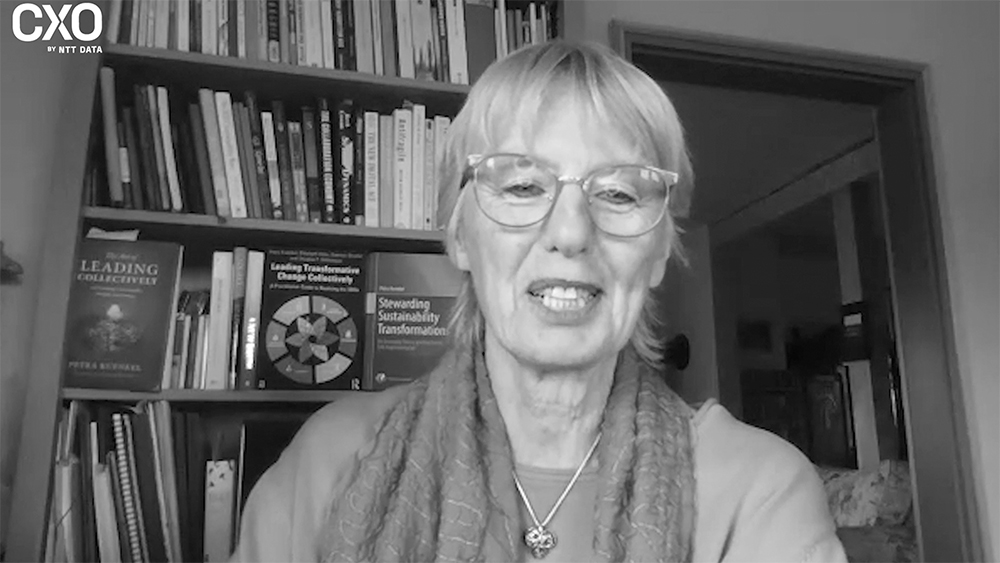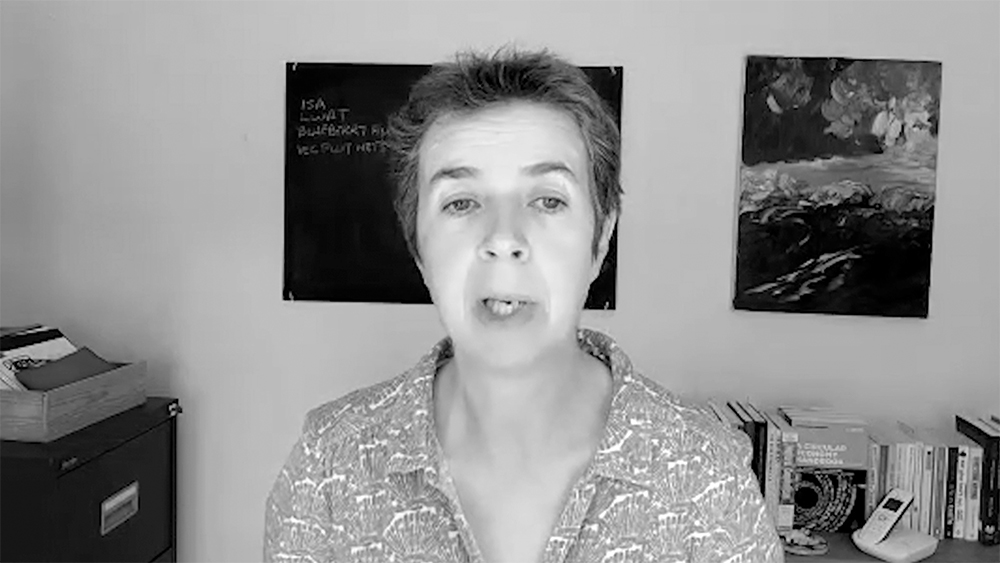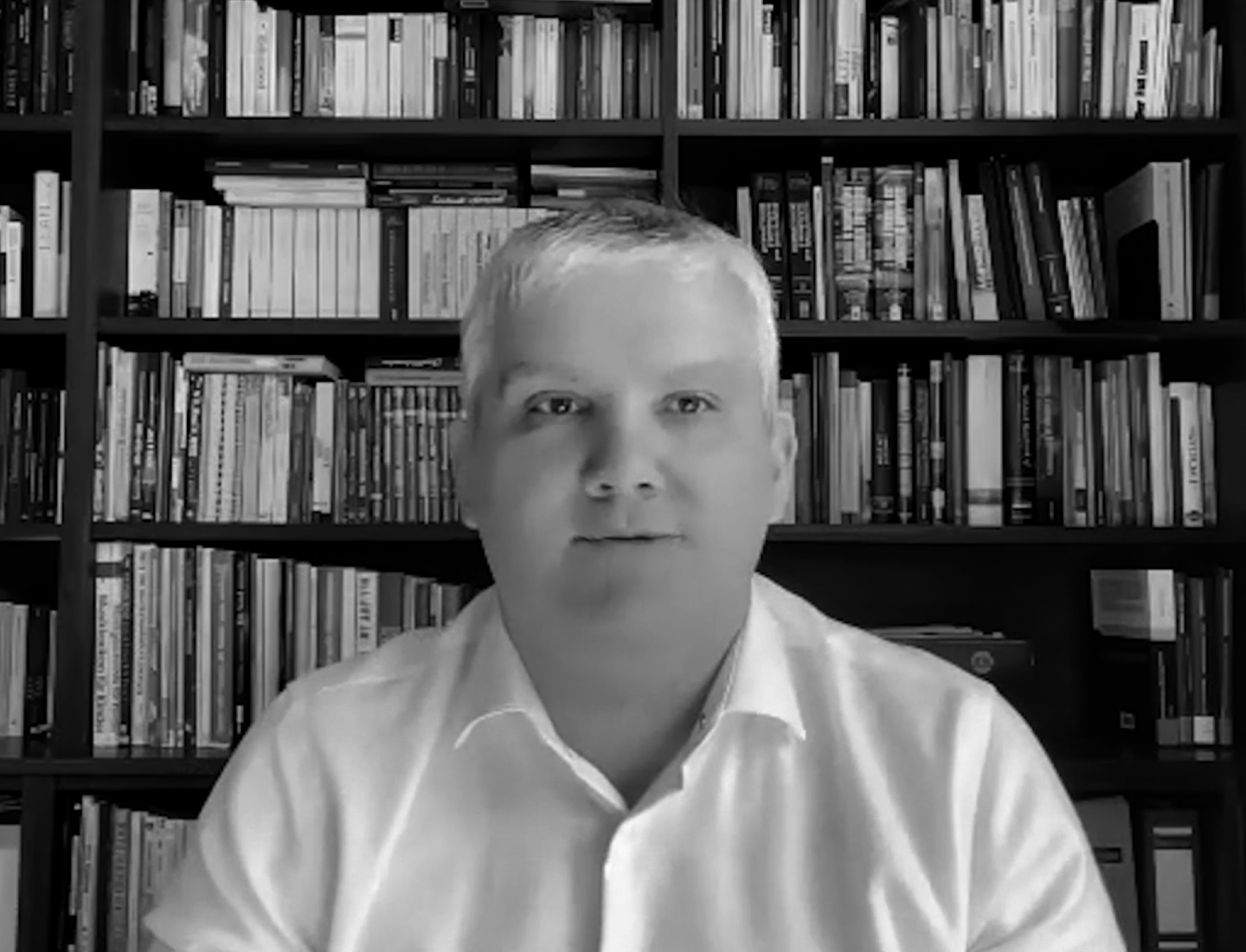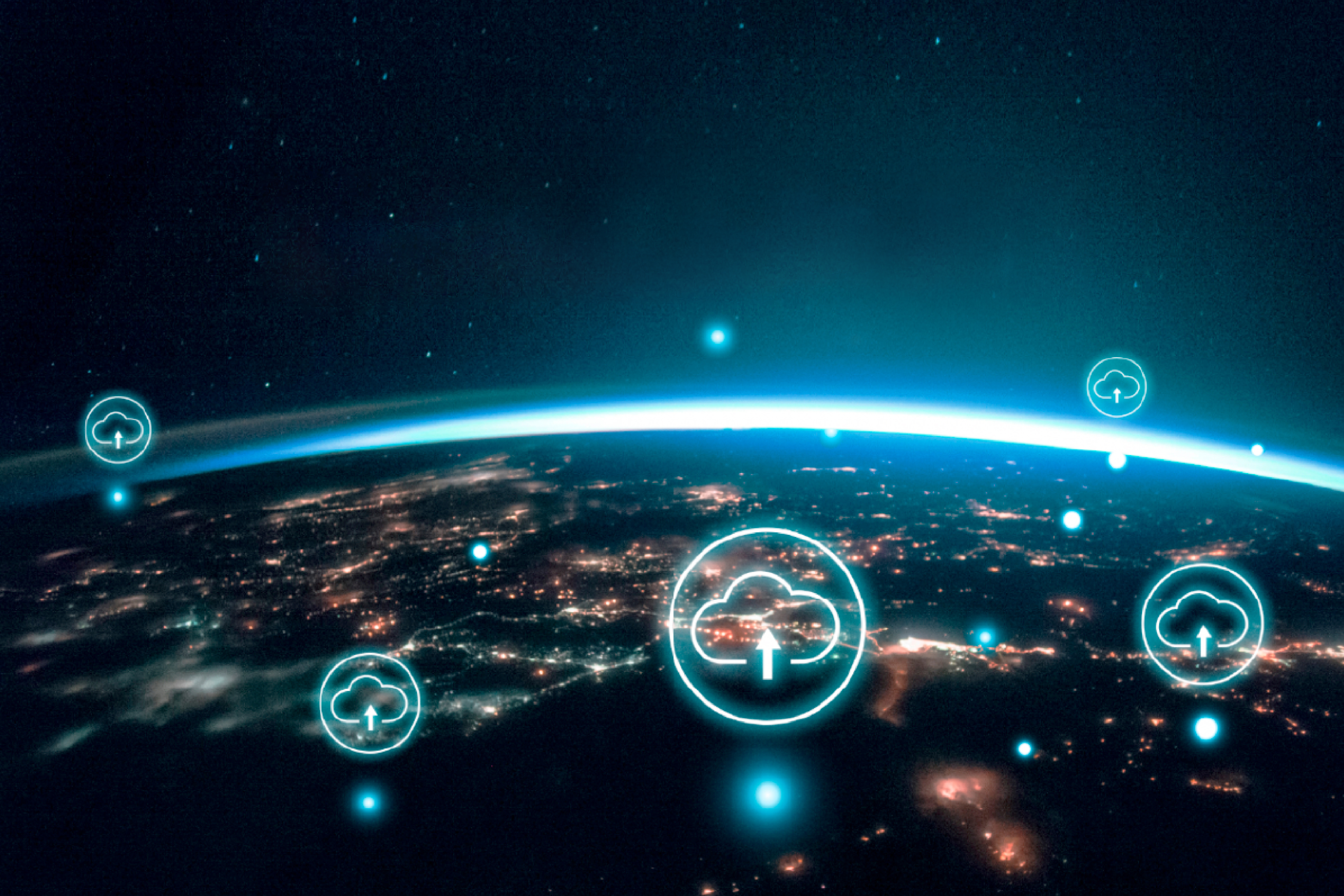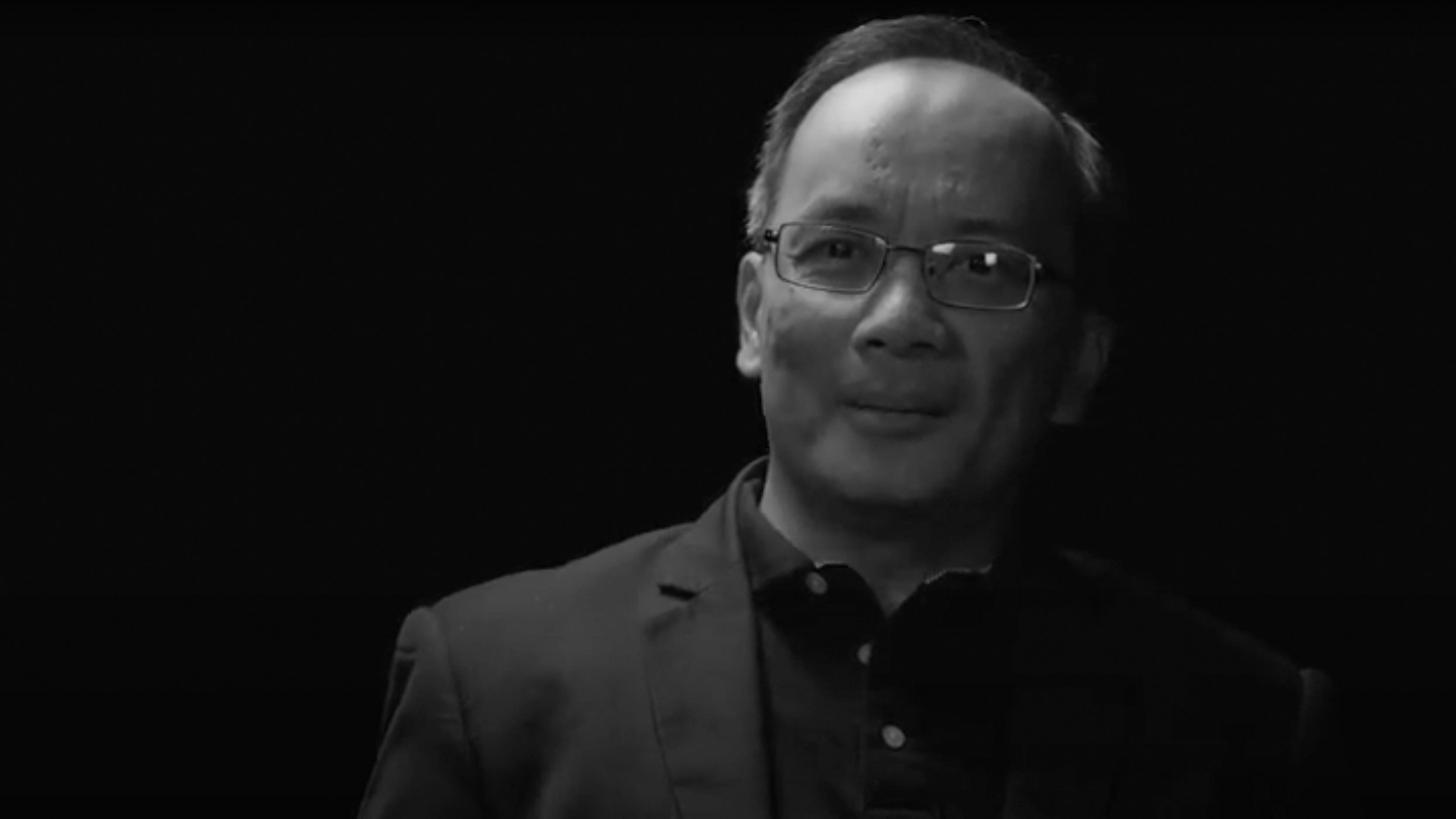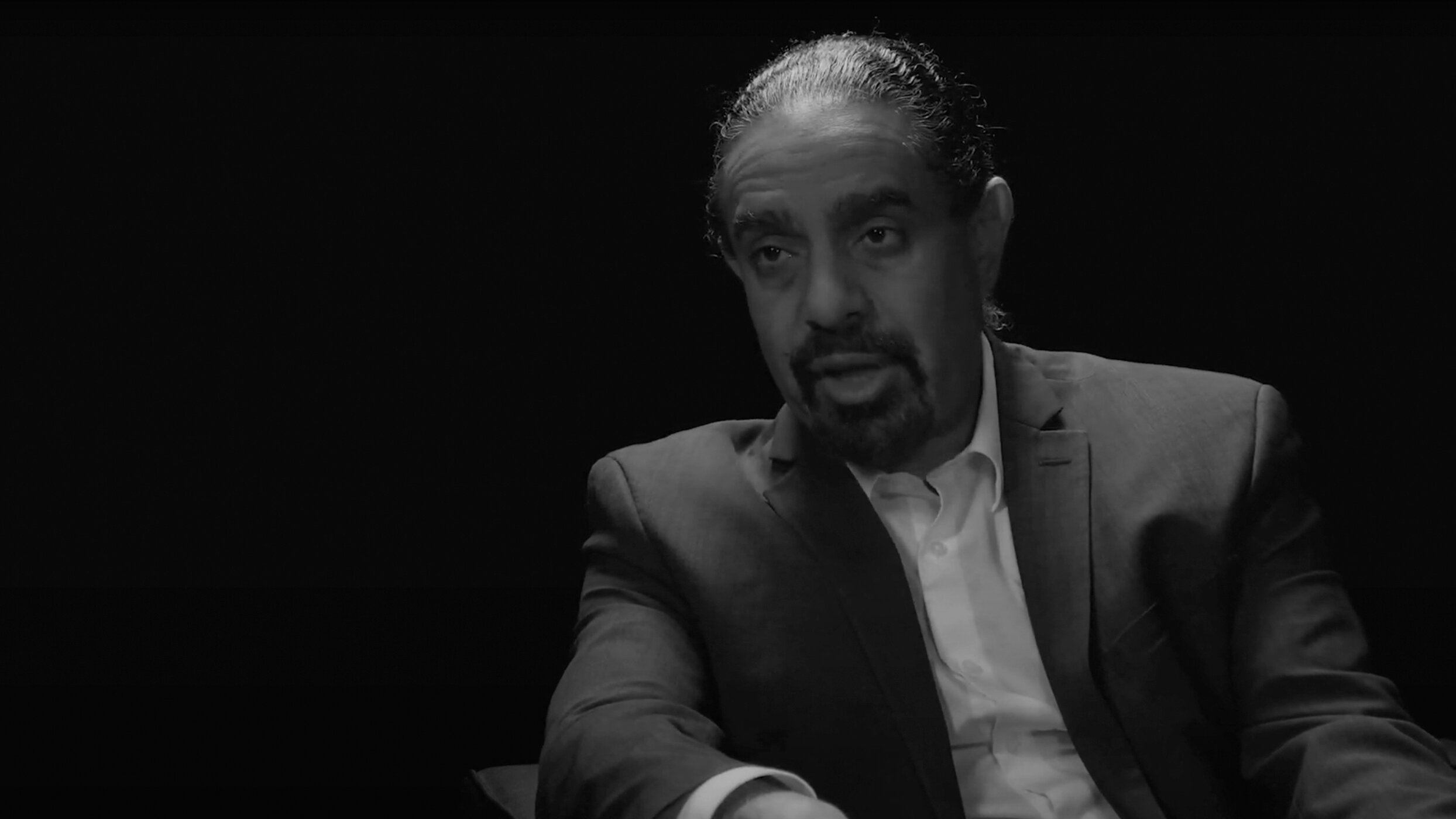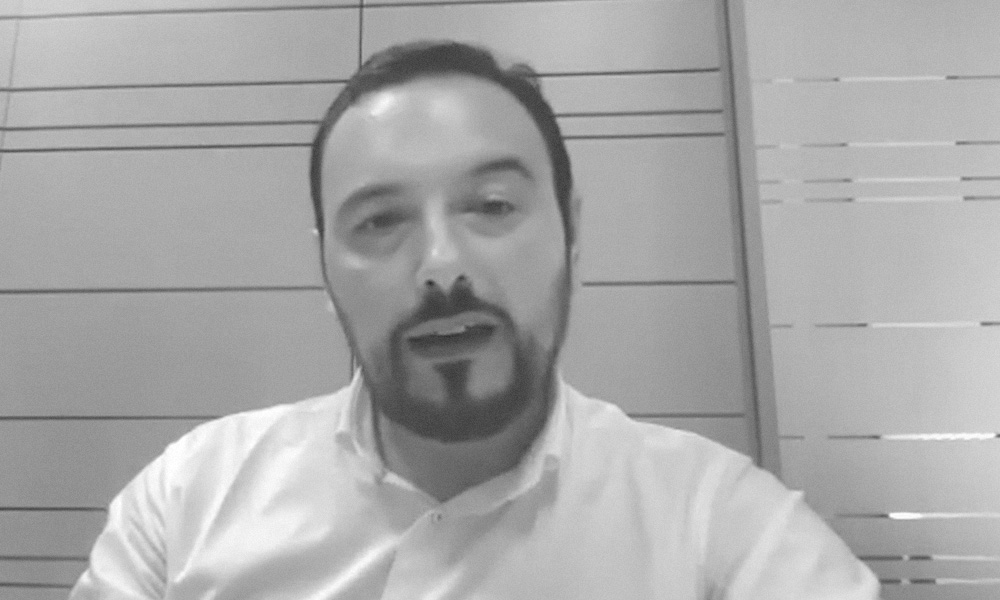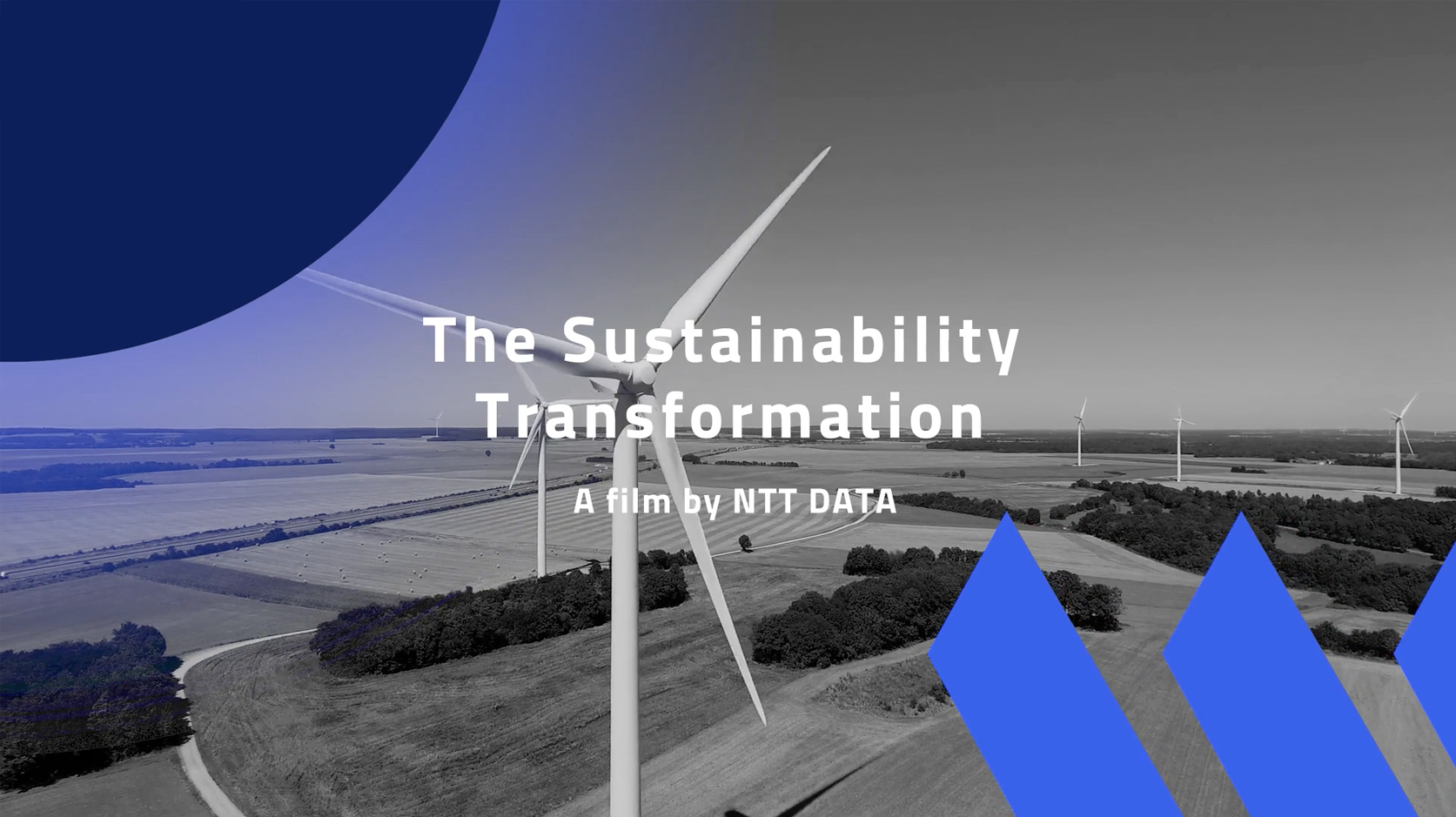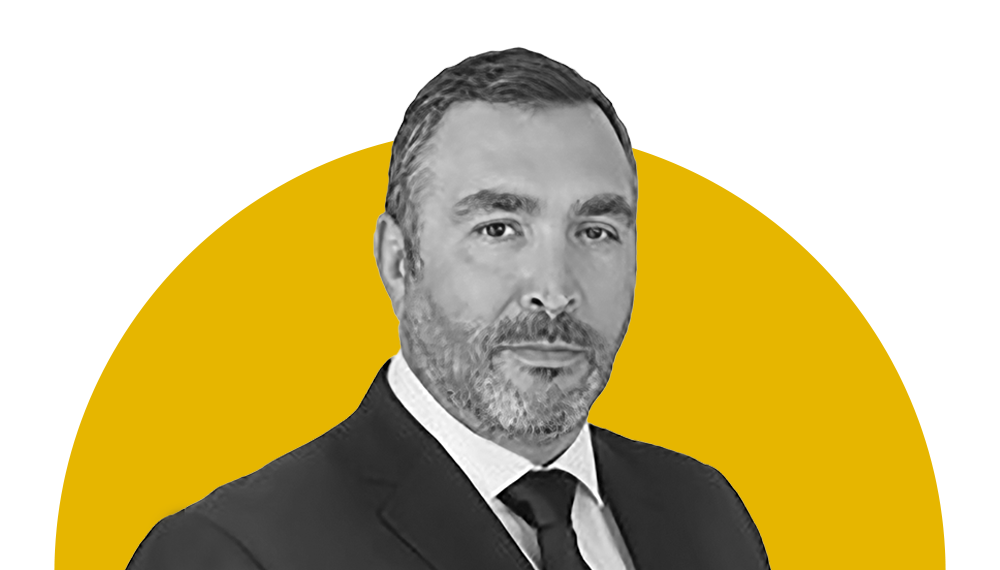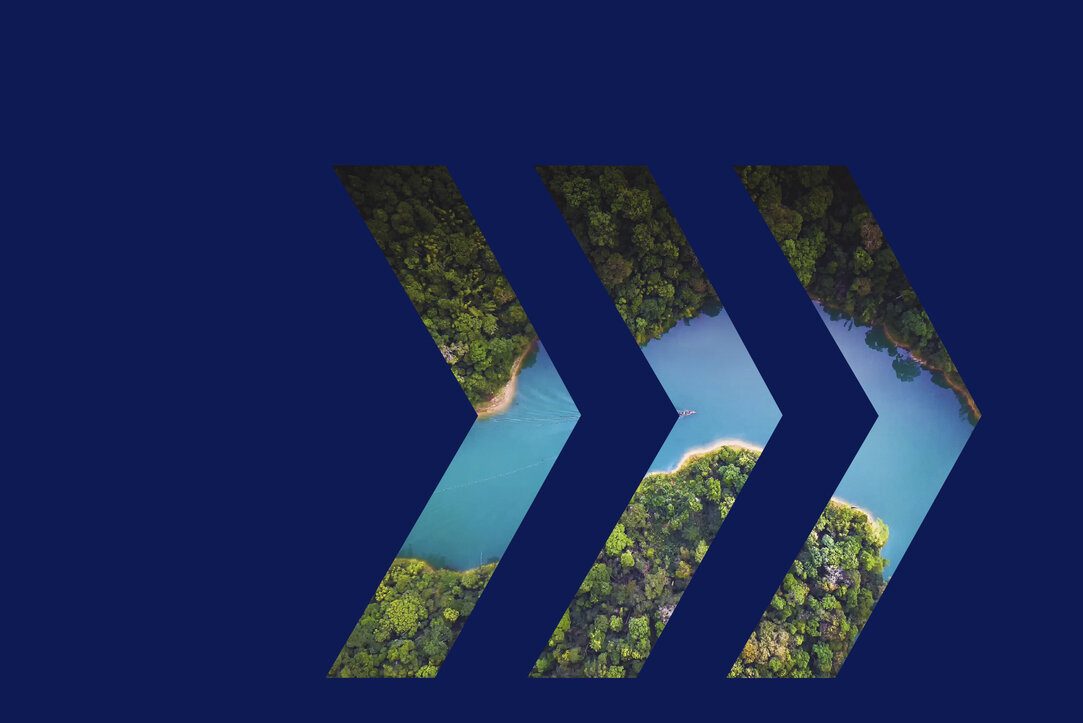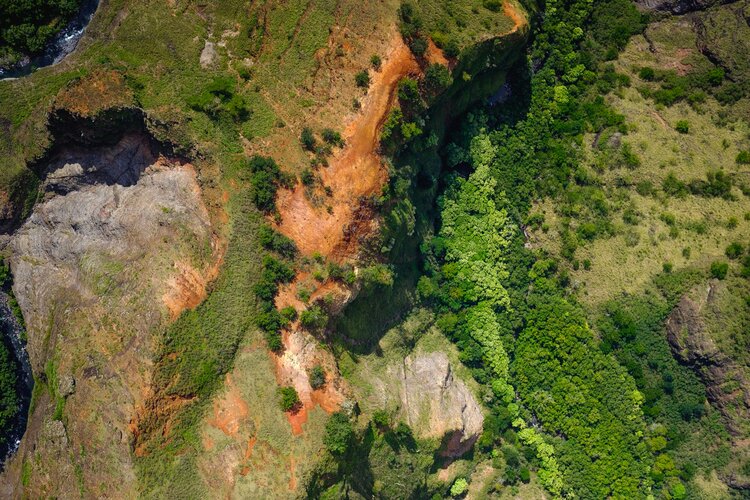
The planet is currently facing a state of climate and biodiversity emergency, where the impact on society and the economy is yet to be determined. Accounting models such as gross domestic product (GDP) show social and economic development based on manufactured, financial, social and human capital; however, these models do not include natural capital – the social, industrial and economic dependence from nature, such as the source of natural and cultural resources needed for achieving the UN’s 2030 Agenda for Sustainable Development.
From the perspective of the private sector, the transition to sustainable business involves incorporating a more holistic vision of their impacts and dependencies from nature.
The five capitals model describes how these components fit together for sustainable development. To assess development, the model includes:
Social capital – derived from human relationships, such as smooth-flowing operations due to optimised communications channels;
Human capital – the people-based issues, like maintaining high work standards and nurturing employee knowledge and skills;
Natural capital –the natural resources needed by a company, such as timber or fuels, with a view to operate within regeneration limits or contribute to the resources’ natural replenishment;
Manufactured capital – comprises the goods and infrastructure needed to turn the resources acquired into a product (probably involving natural, human and social capitals); and
Financial capital – covering all forms of money and assets, ensuring that businesses are profitable even with all other capitals considered, but also includes fair distribution of wealth.
Due to the five capitals model interdependence, any improvement or detraction action towards natural, social or financial capital flows will have a response on the rest of the capitals. If we do not address the nature crisis in time, and accelerate the transition from business as usual to sustainable business, the social and economic system could be plunged into an unprecedented crisis, just as we have witnessed the systemic effects caused to the economy by Covid-19.
Achieving a model of life and economic and social development in harmony with nature, which allows for sustainable and sustained growth, requires a transformational change in the way we measure risks, identify opportunities, manage resources and make investment decisions.
Human population models show continuing growth, putting pressure on the natural capital and, in turn, risking the stability of development. From the perspective of the private sector, the transition to sustainable business involves incorporating a more holistic vision of their impacts and dependencies from nature, and considering more fairly nature’s positive contributions to society.
Achieving a model of life and economic and social development in harmony with nature, which allows for sustainable and sustained growth, requires a transformational change in the way we measure risks, identify opportunities, manage resources and make investment decisions. In this ‘new normal’, the market, society and regulators are making increasing demands on the private sector to value and transparently communicate their capital risks.
A 360° sustainability vision should ensure the operability of a business model that guarantees the contribution of natural capital to human wellbeing is neither less than it could be (making the most of natural resources), nor greater than it should be (no increased risks to the five capitals).
This vision incorporates a double materiality perspective, where a company reports the impact of climate change on their business while also reporting their business’s impacts on climate change.
A safe operating space for a sustainable future
A safe operating space, in this context, defines a conceptual framework where companies integrate social and environmental drivers in their sustainability operating model.
From the nine stressors defined by planetary boundaries, i.e. climate change, biodiversity loss, air pollution, and others, the ecological roof (carrying capacity) of a natural system can be identified. If social and economic sustainable development goals are included within the planet boundaries, foundations are defined to ensure that no-one is left in deficit of life’s essentials and that we collectively do not overstretch the pressure on the Earth’s life support systems (doughnut economics).
Exceeding a threshold of negative impact on any of the nine planet stressors implies endangering the self-regeneration of an ecological system of biological relationships and functions. This can translate into real dangers to the stability of the natural system with fatal consequences for business stability, society and the economy as a whole.
Therefore, the operational space is defined by the green fringe between the natural system’s capacity to replenish itself from the activities of exploitation and transformation, and the social and economic needs from the rest of the capitals. In this way, organisations not only address the sustainability of the ecological system – using natural resources with respect to their maximum admissible levels – but also the social sustainability of the territory by responding to the demand for social, human and financial capital above the minimum necessary.
Alignment to the human, social and natural capitals also positions the company better to attract funds from sustainable financing mechanisms or institutional investors interested in high-impact products portfolios.
Adopting this conceptual framework, companies have the opportunity to orient priorities and urgencies towards 360° sustainability, creating shared value for the benefit of the natural environment, society and the economy. Let’s explore three ways to ease the implementation of such a framework.
Integrate a secure operational framework
You don’t have to reinvent a green wheel. Procedures and techniques to create a sustainable operational framework already exist, such as the system of environmental economic accounting (SEEA), natural, social and human protocols or life cycle assessments. These approaches are used to measure the positive and negative impacts on the natural and social environment and to assess the implications for the human and economic development of the territory. Based on this knowledge, adaptive management plans can be implemented to operate safely under science-based targets or other sustainable premises, responding to nature and social, physical, regulatory and systemic risks.
Employ sustainability data and its technologic governance for corporate risk decision-making
Following guidance from the Taskforce on Climate-Related Financial Disclosure (TCFD) and Taskforce on Nature-Related Financial Disclosure, data from a company’s most material impacts and dependencies on nature and society should be measured and disclosed. This enables businesses to assess the risks and opportunities regarding the physical, regulatory or systemic material aspects. Risk assessments identify the baseline for developing corporate sustainability strategies on biodiversity, natural capital, climate change or social impact. They use the information to define ambitions according to international goals, science-based targets or regulatory agreements that should be managed and monitored under a good governance mechanism.
Finance this 360° sustainability approach by increasing transparency and improving economic accounting information
Organisations may be concerned with the cost to implement sustainable operations and report using empirical, traceable data. However, with an end-to-end sustainability approach, the company will be better positioned to demonstrate to its stakeholders and financial markets that its entire value chain is sustainable. With proof in the rising stock performance of sustainability-driven companies, an alignment to the human, social and natural capitals also positions the company better to attract funds from sustainable financing mechanisms (Green Bonds Principles) or institutional investors interested in high-impact products portfolios.
…
Our current models for measuring development are outdated and not inclusive of our precious resource – nature. The five capitals model forms the basis of a sustainable development strategy that any organisation can follow, enabling businesses to “meet the needs and aspirations of the present without compromising the ability to meet those of the future”.1
1 The held definition of sustainable development from Our Common Future, also known as the Brundtland Report.

